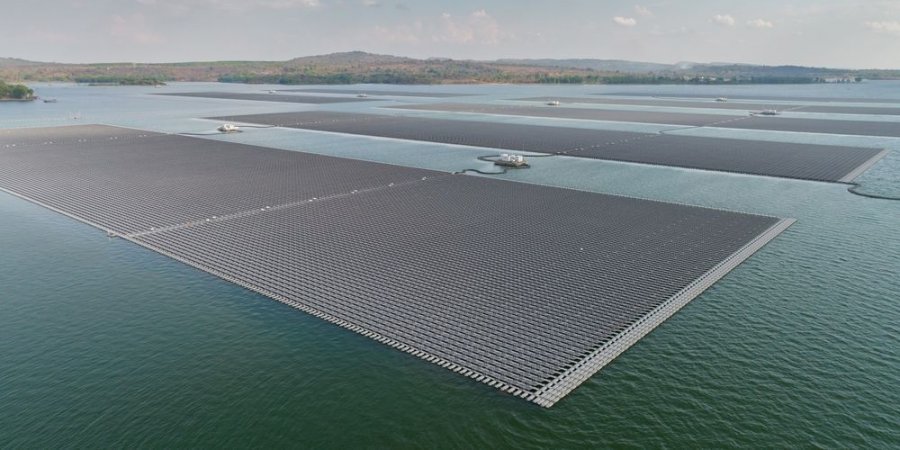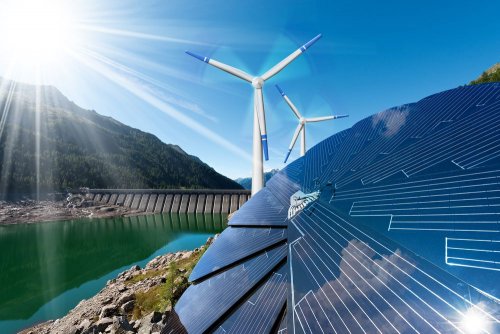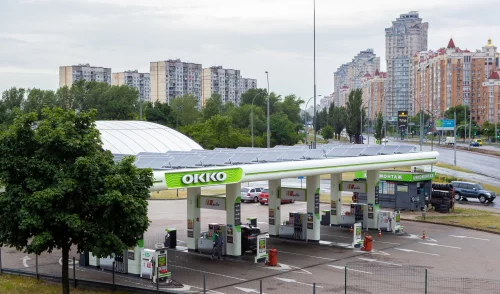India is testing a new energy source in the form of a floating solar panel system that is installed on buoys and secured in place.
This was reported by Econews.
Why it is promising
A recent study published in Nature Sustainability showed that covering just 30% of the surface of the world's 114,000 reservoirs would generate 9,000 terawatt-hours of electricity annually. In addition to generating clean energy, floating solar panels conserve water. Covering reservoirs with panels reduces evaporation, saving 106 cubic kilometers of water per year. This is especially important for countries such as India, where water scarcity is a pressing issue.
The country is actively testing this innovation, invented in Switzerland in 2008. This technology could shift the focus from ground-mounted panels to water surfaces such as reservoirs and lakes.
India is an ideal testing ground for floatovoltaics
This country, which is one of the leaders in the development of the solar energy segment, is an ideal place to test a new approach. The large number of canals and reservoirs allows panels to be placed on the water and frees up land for agriculture.
Floating panels generate 15% more electricity than ground-mounted ones and overheat less thanks to the water. The location of float-voltaic systems near existing hydroelectric power plants or water treatment facilities already connected to the power grid reduces the cost of connecting the panels.
The whole concept of floating power plants fits perfectly into the Indian project, according to the publication.
India is currently among the top five countries with the best float-voltaic potential, along with Brazil, Canada, China, and the United States.
Challenges and prospects
This technology needs to overcome certain obstacles. One of the biggest is the cost of installation and maintenance, which is much higher than the cost of installing and maintaining traditional solar panels. We also can't forget about the problem of keeping these panels afloat on water bodies.
However, with smart cost management, the future of floating photovoltaics looks promising, according to Econews.
EcoPolitic recently reported that in 2024, renewable energy sources generated 47% of all electricity in the EU and became its leading source.





